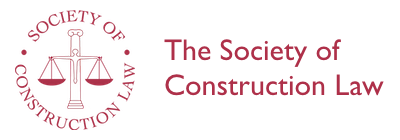Contract Damages for Defective Construction Work: An Unsolvable Puzzle?
Matthew Bell
May 2022
The first prize winning entry in the Hudson Prize 2021 which was presented to the Society of Construction Law on 10th May 2022.
The paper considers the assessment of damages for defective work and the puzzle posed by rectification damages. It outlines the high-level principles applicable to it in the UK and Australia, and goes on to focus on the 2017 Australian decision of Stone v Chappel. In that case the court distilled the factors relevant to whether it is reasonable to award damages based upon the rectification measure, and provided a ‘shopping list’ of principles, which has been recently borne out in Xtraordinary Constructions Pty Ltd v Luppino. The paper suggests that the approach taken in Luppino demonstrates that the list in Stone is sufficiently flexible and robust and is worthy of consideration in other jurisdictions. However, the author highlights a risk that the codification of factors as expounded in Stone could undermine considerations which should be overarching, such as the need for the building to be safe for all occupants. He warns that a potential disparity in bargaining positions could encourage builders to reflect these factors in their contracts in order to preclude arguments that residents should expect anything better than a baseline level of quality. For these reasons, the paper suggests that it should be an overriding factor within any adopted menu of elements that rectification be deemed reasonable to the extent that the defect threatens the health and safety of occupants of the building.
A. Introduction: the defective work damages puzzle box – B. A blurry picture on the puzzle box: broad brushstrokes from apex courts – C. South Australia adds pieces to the puzzle box – D. Conclusion: towards an improved picture for the puzzle box
The author: Dr Matthew Bell is an Associate Professor and Co-Director of Studies for Construction Law at Melbourne Law School, The University of Melbourne, Australia.
Text: 15 pages
